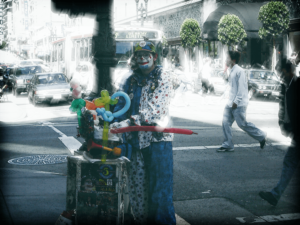Photography and graphic art serve as powerful tools for documenting and preserving human experience across cultures and time periods. Through the lens of a camera, photographers capture fleeting moments that might otherwise be lost to memory, creating visual records that inform future generations about social movements, historical events, everyday life, and the world around us. Similarly, graphic artists translate complex ideas into accessible visual narratives, making abstract concepts tangible and helping societies process and understand their collective experiences.

The emotional resonance of visual art cannot be overstated in its ability to foster empathy and connection between diverse groups of people. A single photograph can humanize distant conflicts, bring attention to social injustices, or celebrate cultural diversity in ways that transcend language barriers. Graphic art, whether in the form of illustrations, infographics, or digital media, breaks down complex information into digestible formats that can educate, inspire, and motivate viewers to take action or shift perspectives on important issues.
In the commercial and digital age, photography and graphic art have become essential drivers of communication and brand identity. These visual mediums shape how we perceive products, services, and ideas, influencing consumer behavior and cultural trends on a global scale. From advertising campaigns that define generational aesthetics to social media content that sparks viral movements, photographers and graphic artists wield significant influence in shaping public discourse and determining which messages capture the collective imagination.
